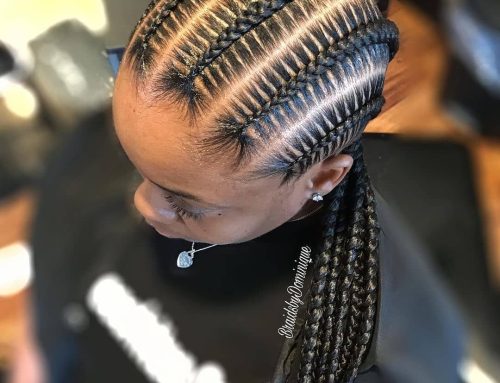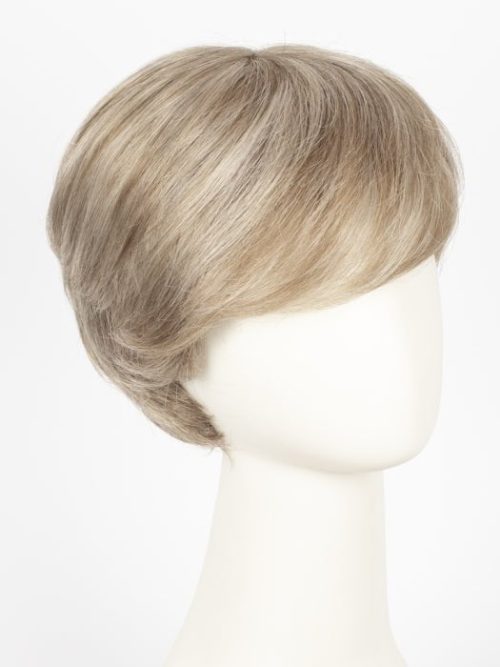Understanding Hair Loss: Causes and Solutions
Hair loss is a widespread issue affecting individuals to varying degrees, particularly in today’s increasingly stressful society. Experts attribute hair loss to various factors including genetics, hormonal changes, medical conditions, and aging. The term “baldness” typically refers to excessive hair loss on the scalp, ranging from localized instances like alopecia areata to broader patterns such as “seborrheic alopecia” or the colloquially termed “Mediterranean” haircut. Some individuals may face more severe hair loss, categorized as baldness.
Fortunately, hair loss is not an insurmountable challenge. In the 21st century, there exists a plethora of remedies. Hair transplants offer a solution for regrowth, while cosmetics like hairline powder can conceal thinning areas. Wigs, however, emerge as a popular and practical choice for many. They are relatively affordable, easy to style, and provide a versatile option for those grappling with hair loss.
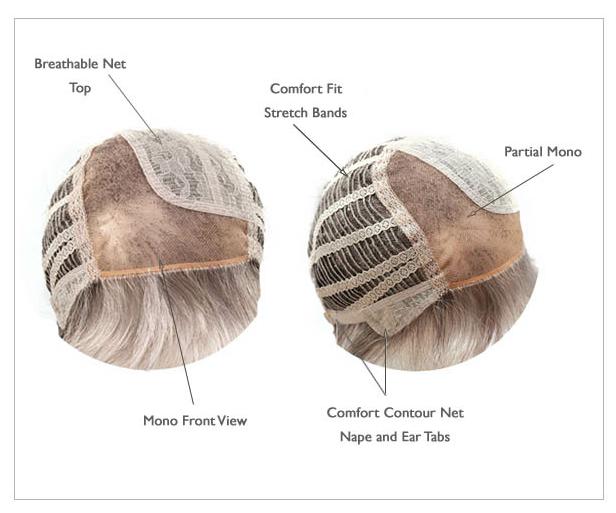
Related:
For those struggling with hair concerns, wigs can restore confidence, elevate personal style, and uplift mood. Are wigs truly transformative? Let’s explore together!
Choosing the Perfect Wig: A Comprehensive Guide
Selecting the right wig involves a learning process due to the array of options available, including synthetic, human hair, lace front, and full lace wigs. The question arises: which wig suits me best?
Related:
Don’t fret; we’ve curated a wealth of knowledge to aid in your wig selection journey. When considering a potential wig purchase, several factors come into play to ensure it aligns with your needs and preferences.
Let’s delve into these factors:
A. Cap Construction
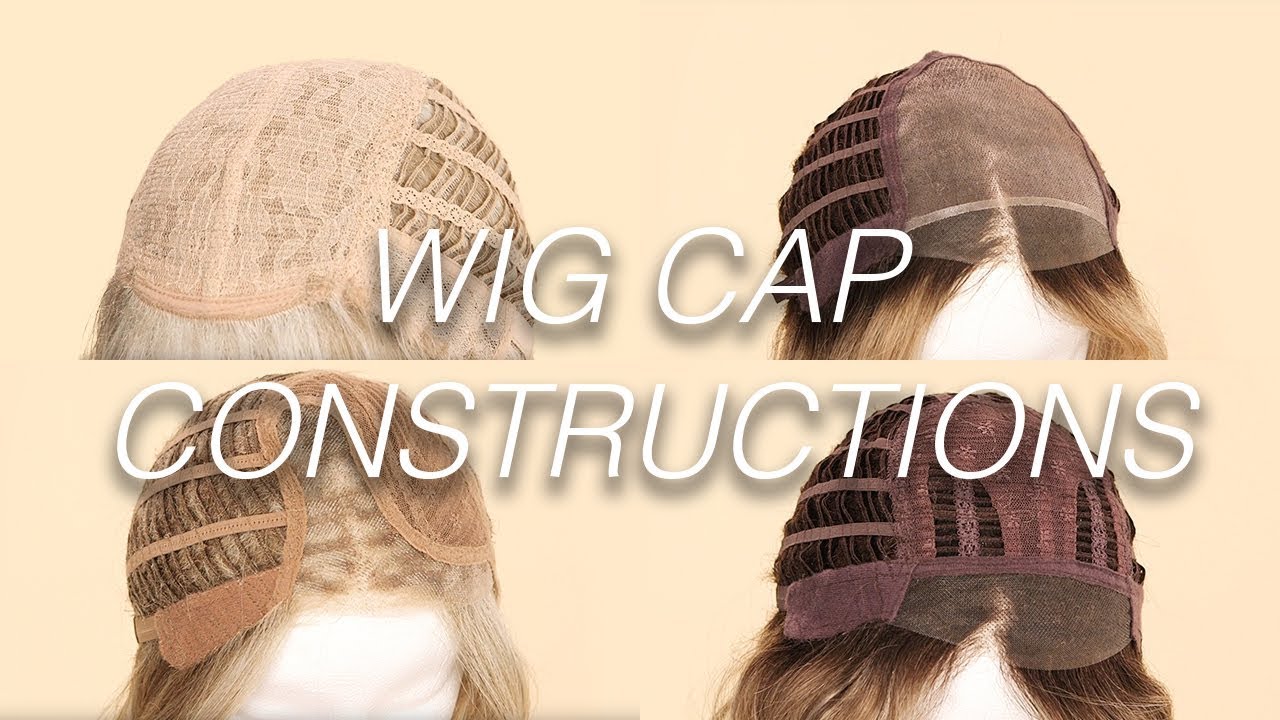
Cap construction, often overlooked by first-time wig buyers, plays a crucial role in comfort and aesthetics. A well-fitted cap enhances the overall wearing experience, whereas disregarding this aspect may lead to dissatisfaction.
To ensure utmost comfort and style, we’ve compiled an overview of cap constructions, detailing each type’s features.
a. Monofilament Wigs

Monofilament wigs, featuring a soft nylon mesh or colorless polyester top, seamlessly blend with natural hair, providing a uniform appearance. These wigs come in various types, including Monofilament top, Monofilament part, Monofilament crown, and Double monofilament wigs, catering to different needs. Known for their lightweight and breathable design, monofilament wigs are ideal for individuals with sensitive skin.
b. Lace Front Wigs
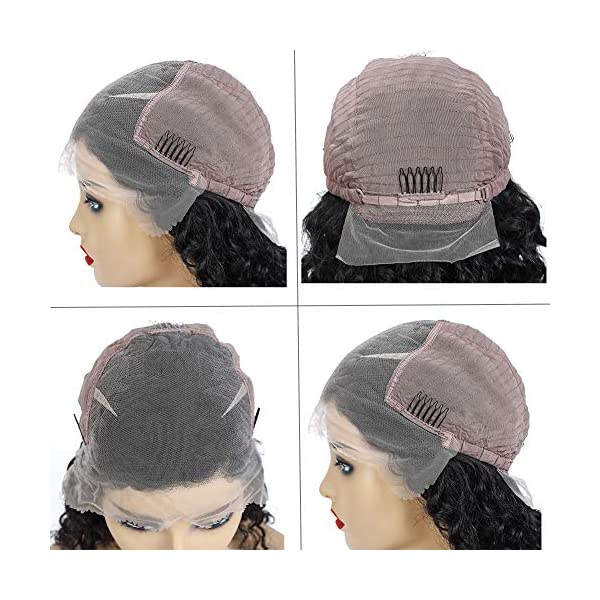
Lace front wigs, characterized by a lace material along the forehead area, offer a natural-looking hairline. The transparent lace seamlessly blends with the skin, concealing the wig’s edge for a realistic appearance. This type of wig, popularized by celebrities and influencers, is particularly suitable for those with receding hairlines.
c. Full Lace Wigs
c. Full Lace Wigs
Full lace wigs feature a cap constructed entirely of lace material, offering maximum versatility and natural movement. Unlike lace front wigs, full lace wigs provide coverage over the entire head, allowing for various styling options including updos and ponytails. The intricate lace construction ensures a seamless blend with the scalp, making the wig virtually undetectable.
B. Hair Type and Texture
When selecting a wig, consider the hair type and texture that best complements your natural hair. Whether opting for synthetic or human hair wigs, factors such as curl pattern, thickness, and color consistency play a pivotal role in achieving a cohesive look.
C. Style and Length
The style and length of a wig significantly impact its overall appearance and suitability. From short pixie cuts to long cascading waves, choosing a style that aligns with your personality and lifestyle ensures confidence and comfort in wear.
D. Maintenance and Care
Proper maintenance and care are essential for preserving the longevity and quality of your wig. Regular washing, conditioning, and styling techniques tailored to the specific wig type ensure optimal performance and durability.
E. Budget Considerations
Lastly, consider your budget when selecting a wig, weighing the cost against quality and longevity. While synthetic wigs offer affordability and low maintenance, human hair wigs provide durability and natural aesthetics at a higher price point.
In conclusion, the journey to finding the perfect wig involves careful consideration of various factors, including cap construction, hair type, style, maintenance, and budget. By prioritizing your preferences and needs, you can confidently embrace the transformative power of wigs, reclaiming control over your appearance and self-expression.
Related:
Explore our comprehensive collection of wigs to discover the perfect fit for you and embark on a journey of self-assurance and style!
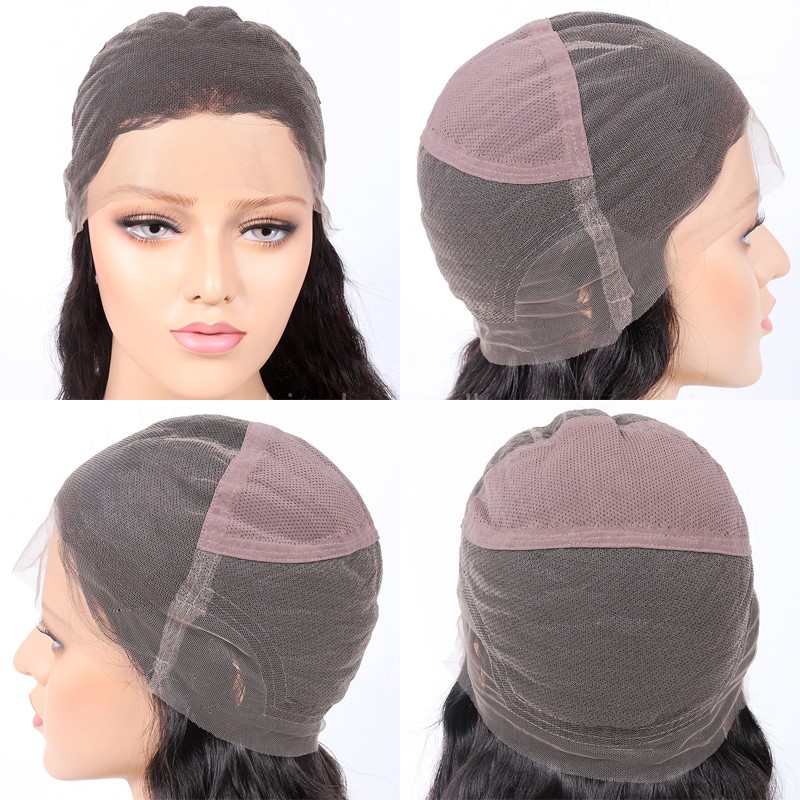
The concept of a full lace wig involves covering either the entire base or the top of the wig with lace, allowing your natural hair to pass through and blending seamlessly with the wig. This design ensures a snug fit that adapts to your skin tone, providing a lightweight and inconspicuous appearance.
The standout feature of full lace wigs lies in their versatility. With boundless creativity, wearers can effortlessly style and transform these wigs to suit their preferences. From intricate hair extensions to elegant ponytails, the possibilities are endless with proper application techniques.
Interest in full lace wigs and other wig varieties sparks numerous inquiries and discussions online. Later on, we’ll delve into these questions in detail.
d. Hand-Tied Wigs
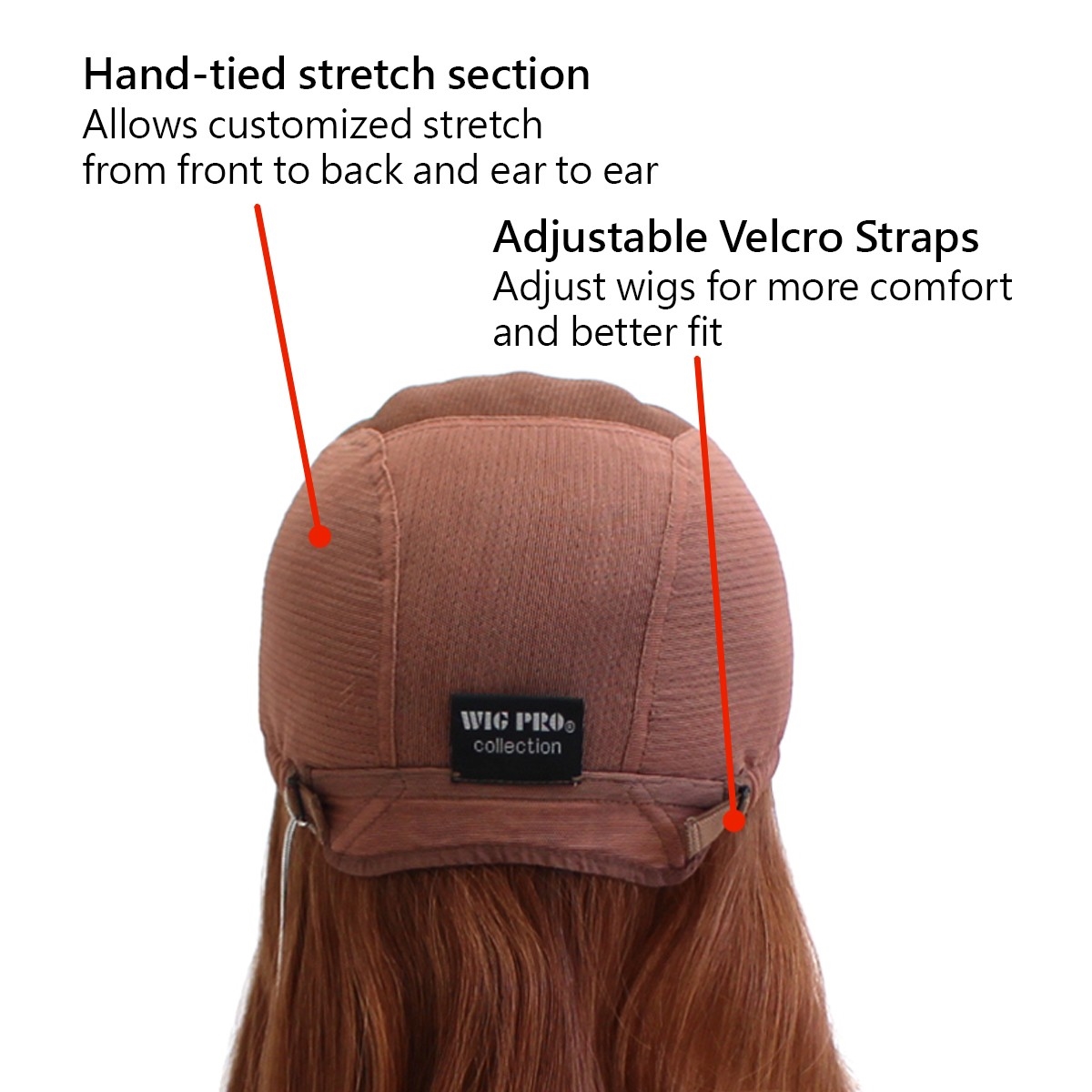
Hand-tied wigs derive their name from the meticulous craftsmanship involved in their creation. Whether crafted from synthetic fibers or human hair, these wigs undergo a painstaking process wherein each hair strand is individually hand-tied into a fine, soft mesh. This labor-intensive technique, performed by skilled artisans, results in a superior product that can take up to three days to produce.
Despite the arduous manufacturing process, hand-tied wigs boast exquisite craftsmanship that appeals to discerning customers, adding to their perceived value. Unlike conventional wigs, these wigs offer unrestrained movement, allowing hair to flow naturally and adapt to various styles with ease.
e. Wefted/Open Cap Wigs
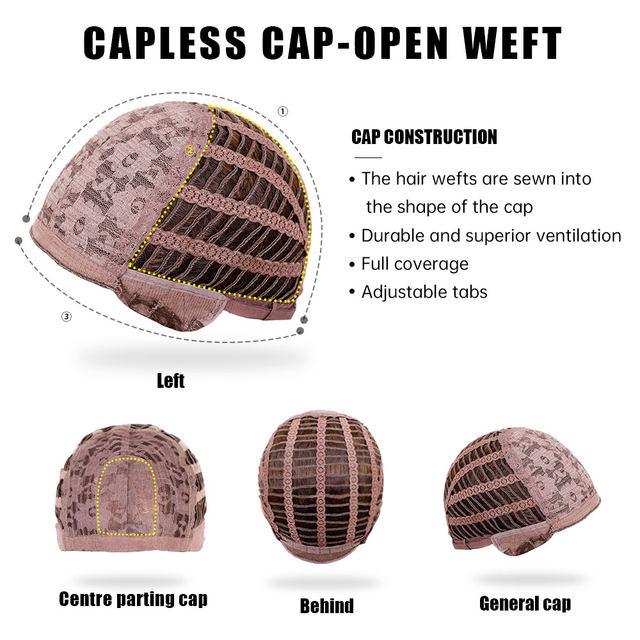
Wefted or open cap wigs, also known as “capless” wigs, feature a machine-made wig cap with a lightweight elastic material sewn to secure the wefts and hair strands. Delicate techniques ensure that the wefts remain concealed for a seamless appearance.
Typically, wearers combine open cap wigs with other cap constructions such as lace fronts, monofilament sections, and hand-tied components to maximize their effectiveness. These wigs offer numerous advantages, including breathability, ease of wear, and minimal maintenance, all at a relatively lower cost compared to hand-tied alternatives.
f. Combination Wigs
Combination wigs, as the name suggests, blend synthetic and human hair in varying proportions to create a hybrid wig. This innovative approach results in a versatile product that combines the durability of synthetic hair with the natural feel of human hair.
Combination wigs offer a multitude of benefits, including enhanced toughness, increased longevity, and the ability to dye and style the hair as desired. With a unique blend of qualities from both synthetic and human hair, these wigs stand out as a popular choice among consumers.
Lace Front vs. Full Lace: Comparing the Options
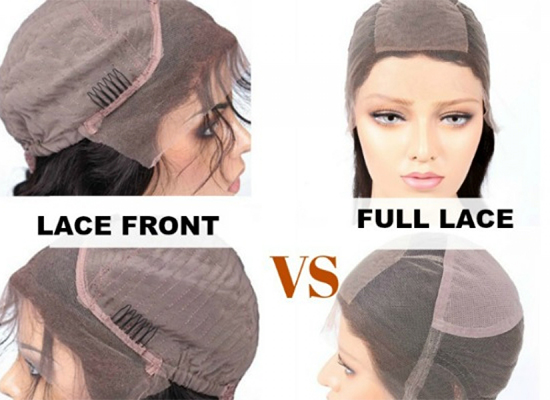
Lace Front Wigs
Advantages:
1. Cost-effective: Lace front wigs are generally more budget-friendly compared to full lace wigs, making them accessible for those mindful of expenses.
2. Easy to don: The absence of lace at the back makes lace front wigs hassle-free to wear, particularly suitable for individuals seeking a low-maintenance option.
3. Natural appearance: The lace base at the front offers a realistic hairline, enhancing the overall authenticity of the wig.
Disadvantages:
1. Limited styling options: As the lace base is only at the front, the versatility for parting is restricted to the provided space.
2. Potential shifting: Improper fixation of the lace front may result in displacement, potentially exposing the underlying wig cap.
Full Lace Wigs:
Advantages:
1. Styling versatility: Full lace wigs allow for natural-looking hairlines, facilitating various styling options such as ponytails or pulling hair back.
2. Lightweight and breathable: The lace base utilized in full lace wigs ensures comfort, especially beneficial for individuals with sensitive scalps.
3. Long-lasting: Crafted from premium materials, full lace wigs boast durability, capable of withstanding years of use with proper care.
Disadvantages:
1. Higher cost: The superior materials and increased styling flexibility contribute to the higher price tag of full lace wigs compared to lace front alternatives.
2. Installation complexity: Due to their intricate design, installing a full lace wig may necessitate professional assistance, adding to the overall cost and effort.
B. Materials
Understanding the composition and characteristics of various wig types may prompt curiosity about their fabrication process. What materials are used, and how are they manufactured? Delving into the historical evolution of wigs sheds light on these inquiries.
a. Jute Fibers
In the early 20th century, jute fibers served as a substitute for theatrical wigs. Today, Tibetan yak hair predominates as the preferred material for theatrical wigs, renowned for its durability and versatility, especially for clown performances.
b. Synthetic Hair
Synthetic wigs have gained widespread popularity. Comprising artificial fibers crafted into fine filaments, synthetic wigs closely resemble human hair in look and feel. Unlike natural hair, synthetic fibers lack keratin and are derived from polymers, offering a cost-effective solution for individuals grappling with hair loss.
Intrigued by the diverse materials and manufacturing processes behind wigs? Stay tuned as we delve deeper into the intriguing world of wig craftsmanship.
c. Human Hair
Human hair remains a top choice for wigs, prized for its natural appearance. During periods of limited availability of authentic human hair, manufacturers resort to alternative sources like combings. Typically sourced from regions such as Asia, India, Eastern Europe, and South America, human hair undergoes meticulous sorting by length and quality before being grouped into bundles for wig production. Referred to as “virgin hair,” this untreated hair retains its natural state, free from dyes or chemical treatments.
To achieve uniform coloration for solid wigs, the hair undergoes a bleaching process. Subsequently, the wig undergoes meticulous shaping to meet individual specifications, catering to both standard and bespoke designs.
d. Synthetic/Human Hair Blends
Manufacturers often blend synthetic and human hair to create wigs boasting longevity and shape retention akin to human hair, combined with the fit and feel of synthetic fibers. However, this hybrid composition poses challenges in maintenance due to differing care requirements. Consequently, individuals prioritizing convenience may find this wig type less suitable compared to pure human hair or synthetic wigs.
Human hair wigs and synthetic wigs have spurred considerable debate among consumers and wig enthusiasts alike. While we’ve elucidated their material composition in detail, the perennial question of “which is superior, human hair or synthetic wigs?” persists.
Now, let’s delve into the advantages and drawbacks of human hair and synthetic hair wigs in a more visual format.
Human Hair Wigs VS. Synthetic Hair Wigs
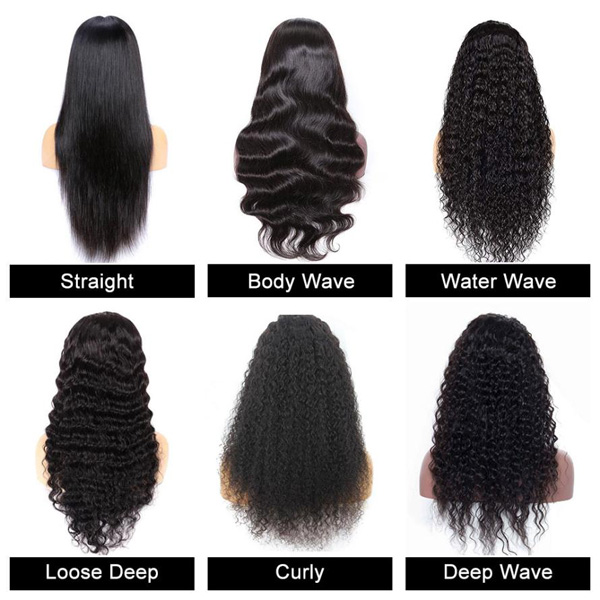
Human Hair Wigs:
Advantages:
1. Natural Appearance: Human hair wigs offer an authentic look and feel, allowing for styling versatility akin to natural hair.
2. Styling Flexibility: These wigs can be styled using heat tools and products, offering endless possibilities for customization.
3. Longevity: With proper care, human hair wigs can outlast their synthetic counterparts, lasting for a year or more.
Disadvantages:
1. Higher Cost: Human hair wigs typically command a higher price due to the expense of raw materials and labor-intensive production.
2. Maintenance Requirements: These wigs demand regular washing, conditioning, and protection from environmental factors to prevent tangling and frizzing.
3. Weather Sensitivity: Human hair wigs are susceptible to weather conditions, such as humidity or rain, which may impact their appearance.
Synthetic Hair Wigs:
Advantages:
1. Affordability: Synthetic wigs are generally more economical, catering to budget-conscious consumers or occasional wearers.
2. Low Maintenance: These wigs retain their style post-washing, reducing the need for extensive upkeep.
3. Weather Resistance: Synthetic wigs remain unaffected by weather conditions, maintaining their shape and style regardless of climate.
Disadvantages:
1. Artificial Appearance: Despite advancements in realism, synthetic wigs lack the natural look and feel of human hair.
2. Styling Limitations: Heat styling tools cannot be used on synthetic hair, limiting customization options.
3. Limited Lifespan: Synthetic wigs deteriorate over time, necessitating replacement after several months of wear.
C. Texture and Style

There’s a wide array of textures available in wigs, spanning from straight to curly, wavy, and kinky. Opting for a texture that mirrors your natural hair ensures a seamless blend between your own locks and the wig. For instance, if your hair boasts curls, selecting a curly wig facilitates a smooth transition.
Beyond texture, the style you envision is paramount. Are you leaning towards a lengthy or cropped wig? Do you fancy bangs or a center part? If undecided, experimenting with various styles through wig trials can help pinpoint the most flattering option for you.
D. Cap Size and Fit
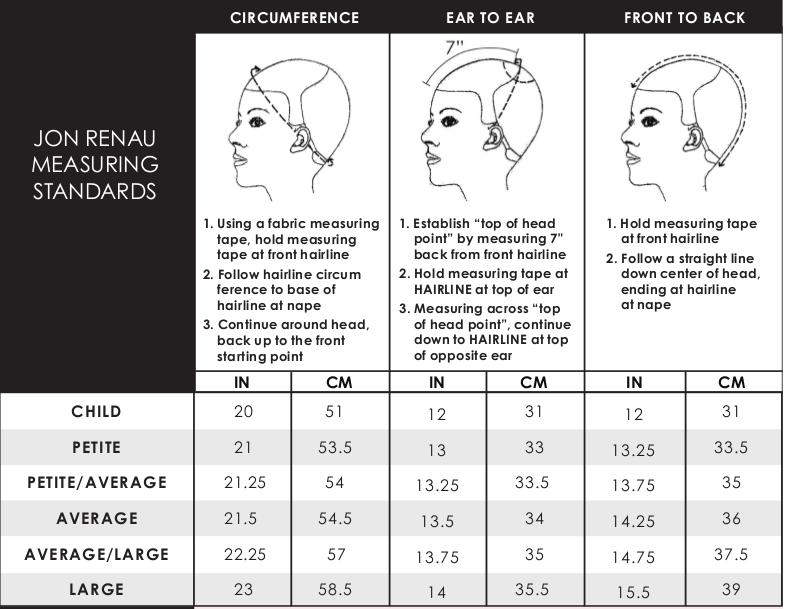
Ensuring a snug and comfortable fit is pivotal for wig wearers. Prior to purchasing, measuring your head aids in determining the suitable cap size. A tight-fitting wig can lead to headaches, while a loose one may shift uncomfortably. Most wigs incorporate adjustable straps for personalized sizing, complemented by wig grips and adhesive tapes for added security. Proper adjustments guarantee a cozy fit throughout the day.
E. Quality and Price
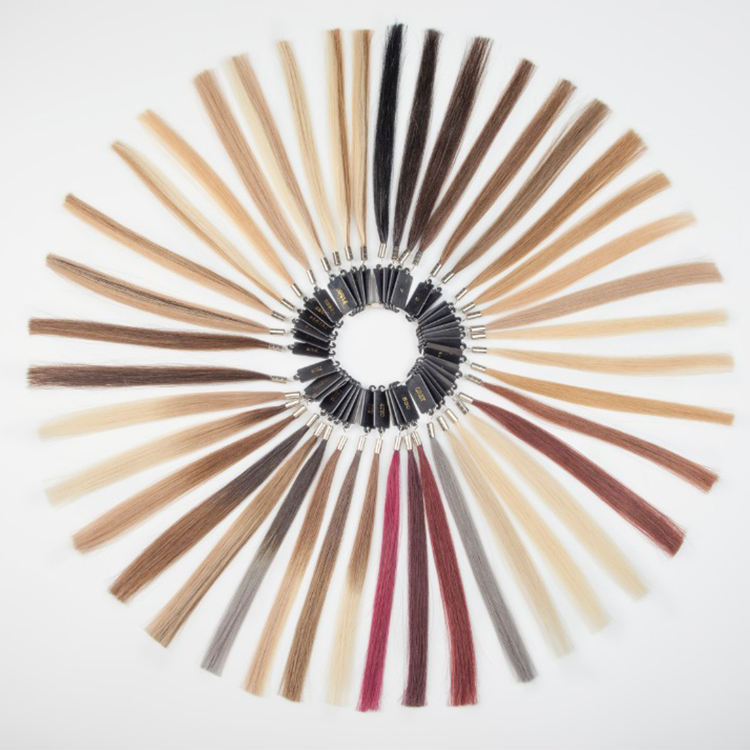
The caliber of your chosen wig significantly influences its longevity, visual appeal, and resilience. While human hair wigs generally command a higher price tag compared to their synthetic counterparts, they boast superior durability and a more authentic appearance. Tailoring your selection to align with your budget and usage frequency aids in making an informed decision.
It’s worth noting that not all wigs are created equal in terms of quality. Cheaper options may feature inferior hair prone to tangling, while premium wigs utilize top-tier strands resistant to such issues. If longevity and realism are paramount, investing in a high-quality wig proves worthwhile.
F. Color and Maintenance
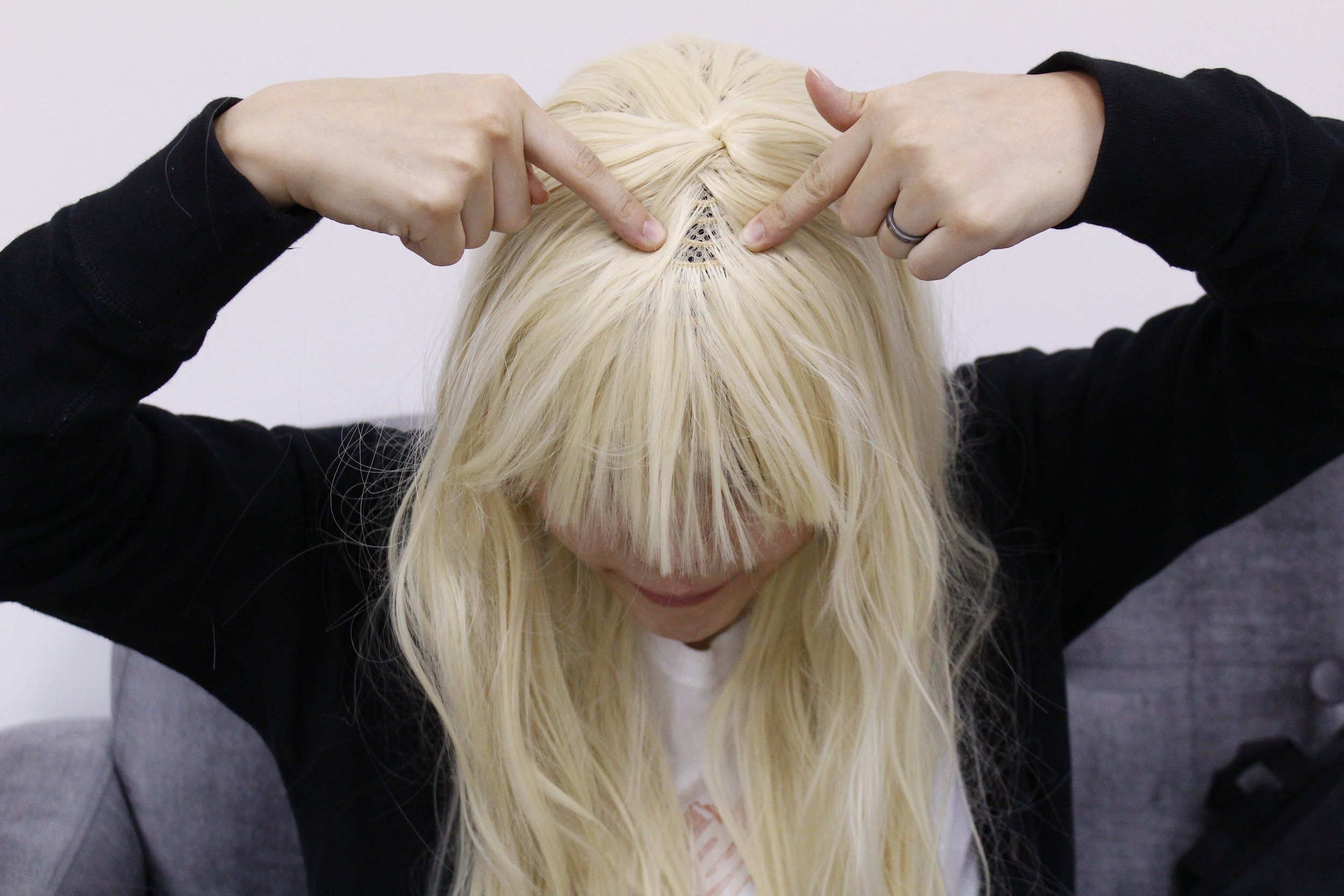
When it comes to selecting a wig color, harmonizing with your skin tone is key. Assessing the maintenance demands of your chosen hue is equally essential. Synthetic wigs necessitate regular cleansing, conditioning, and styling to retain their allure.
Tailoring your wig color and style to your lifestyle is prudent. If you lead an active outdoor lifestyle, opting for a lighter shade may entail more upkeep to preserve its vibrancy. Consistent maintenance involves regular washing with sulfate-free products, gentle detangling with a wide-tooth comb, and the application of styling aids like heat protectant spray and hair oil to preserve the wig’s luster.
Choosing the right wig entails meticulous consideration of factors such as type, texture, cap size and fit, quality and price, color, and maintenance. With the perfect wig, you’ll exude confidence and accentuate your natural beauty effortlessly.

